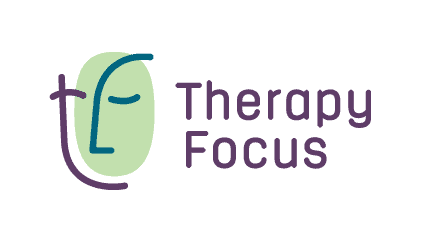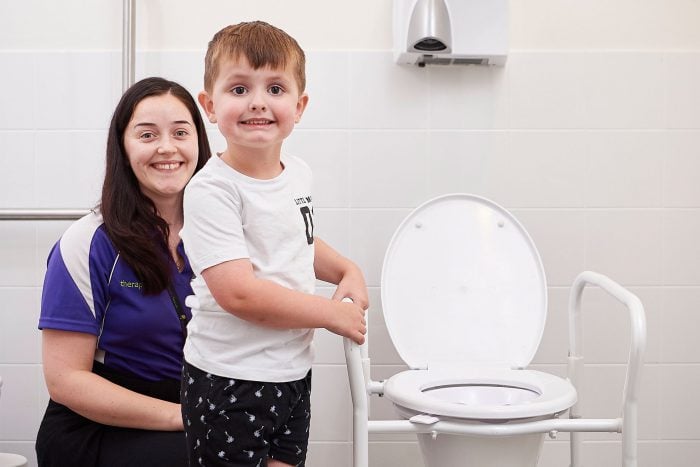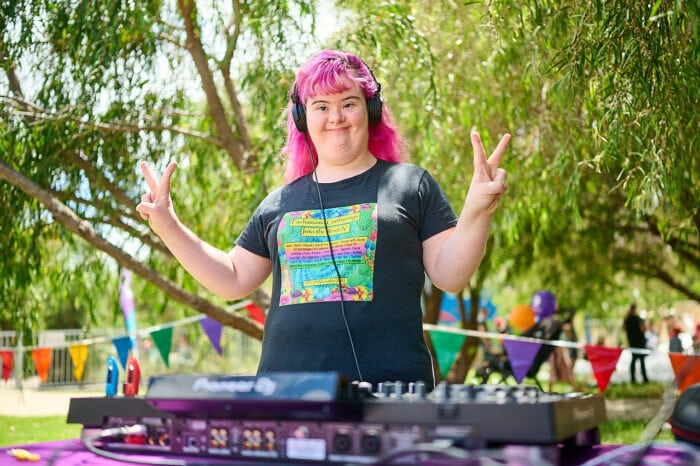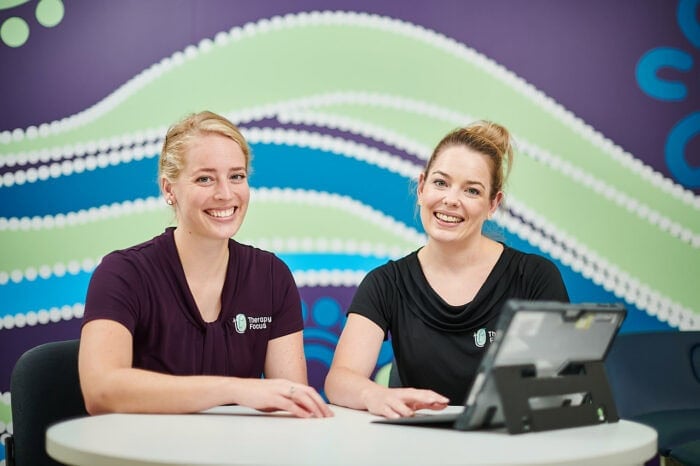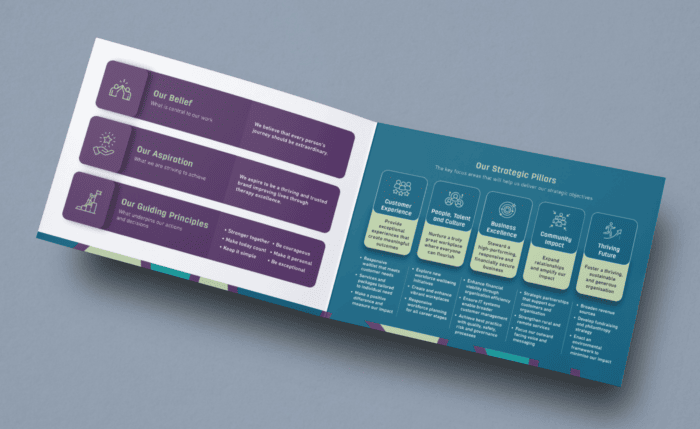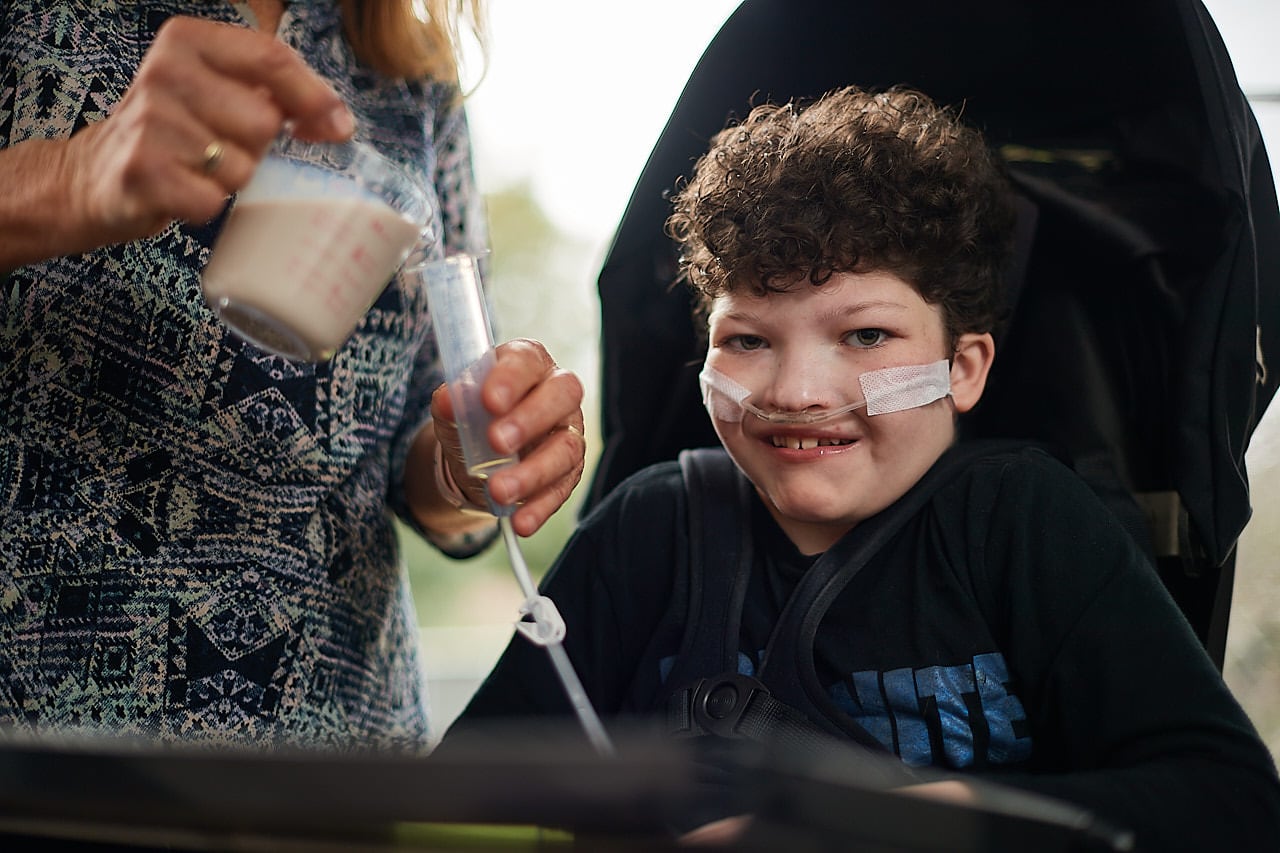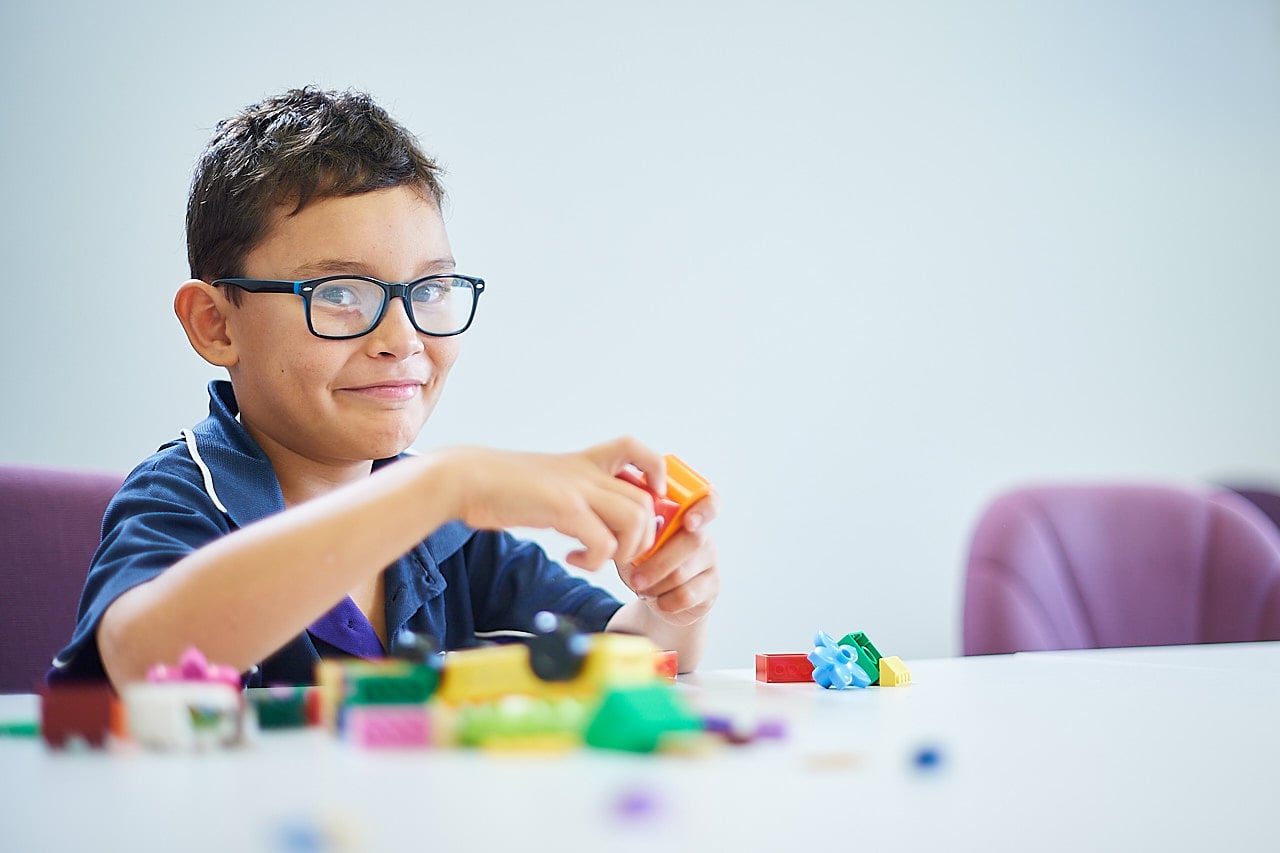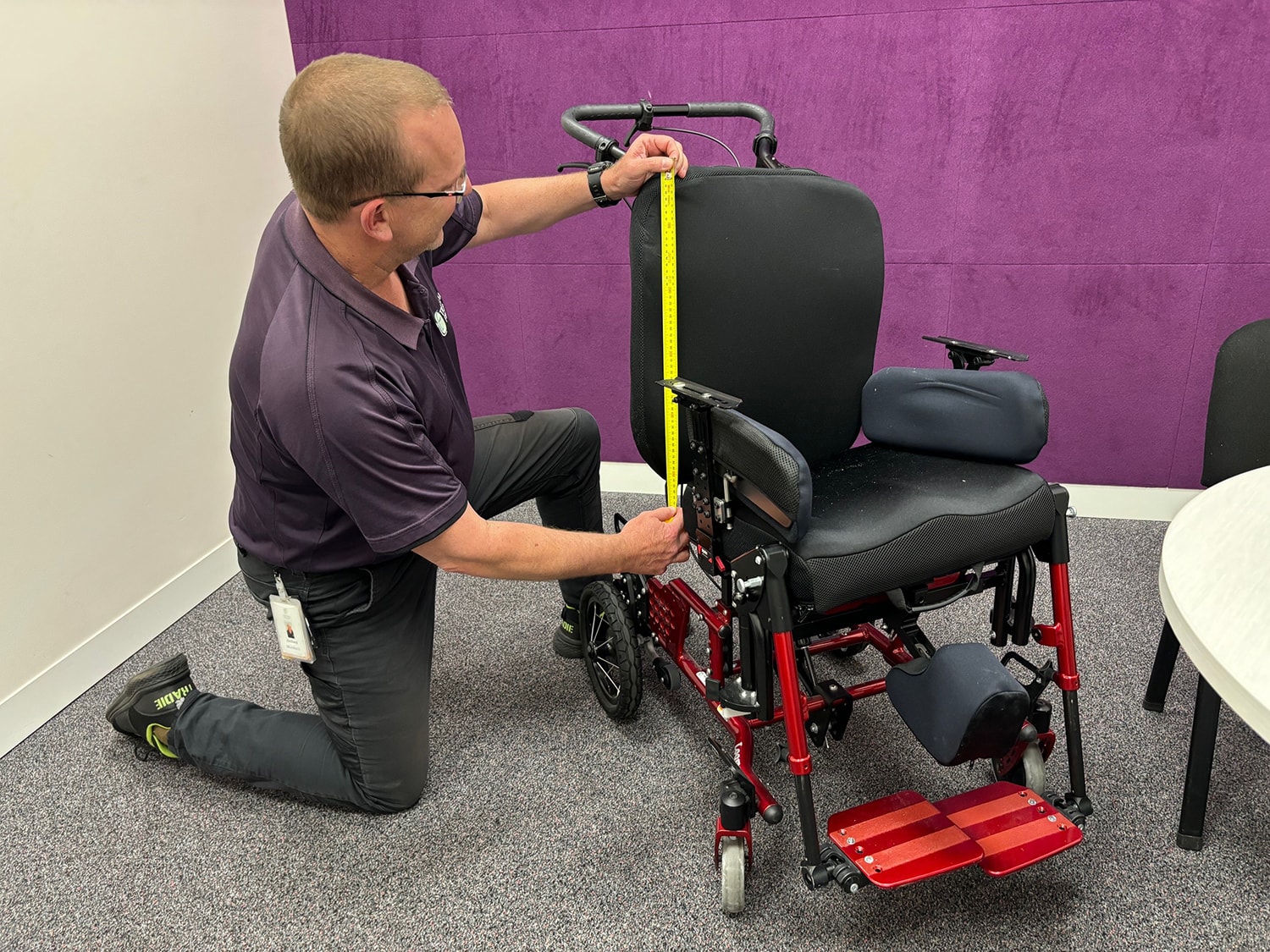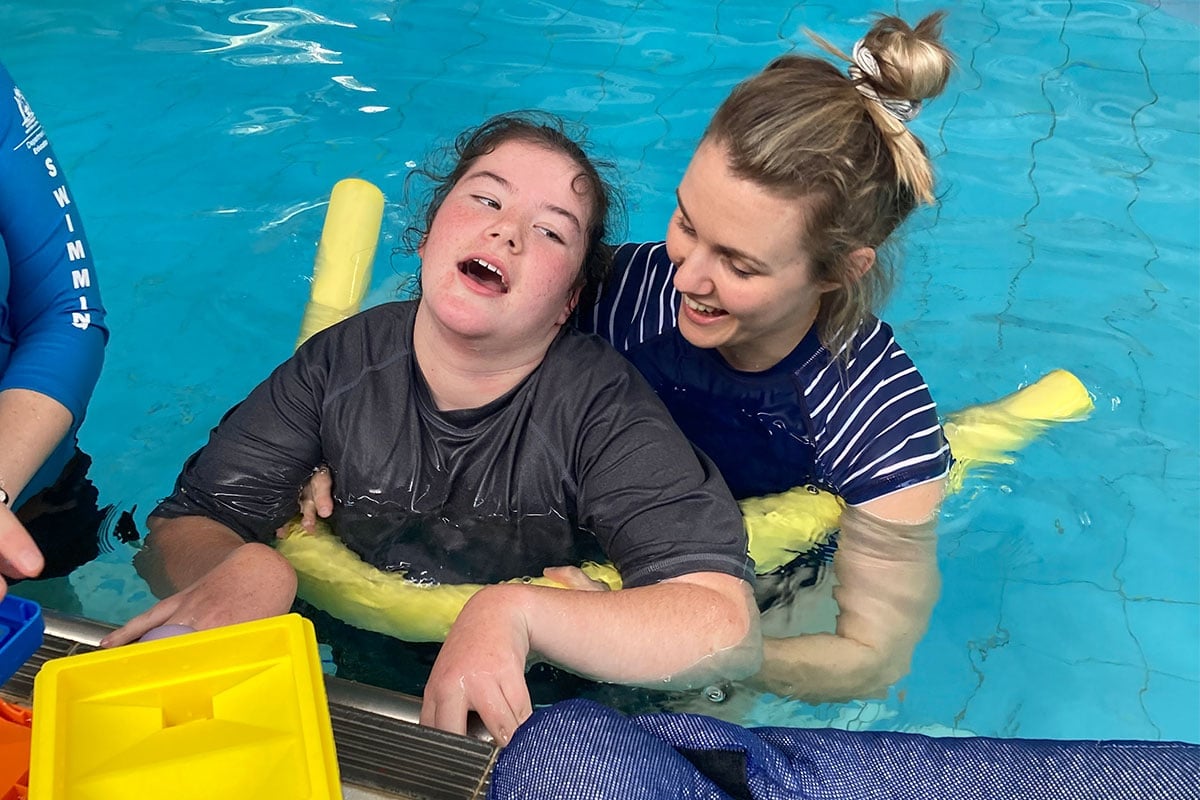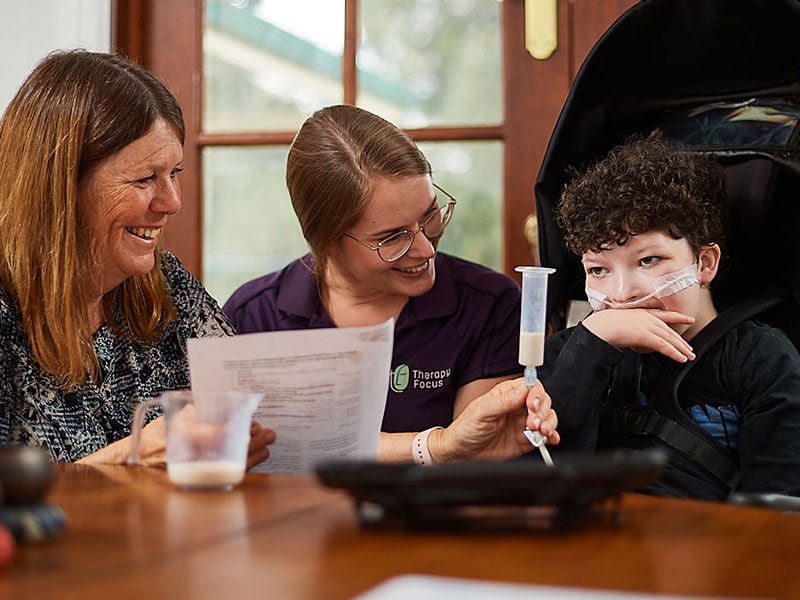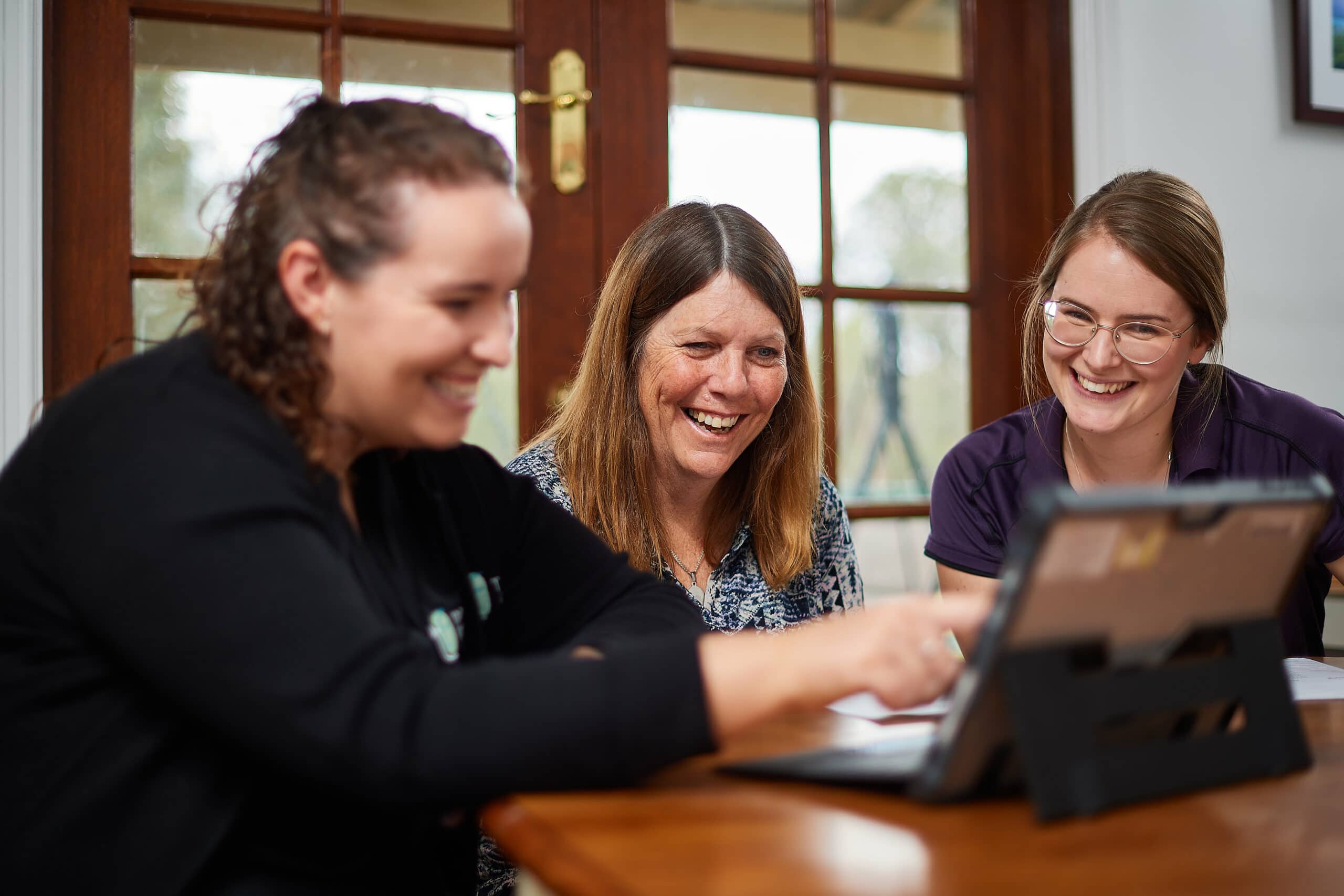I Think Differently: Understanding the Dynamic Nature of Autism
Autism is a lifelong neurodevelopmental disability that has long been misunderstood and stigmatised. No two Autistic people are the same. However, all Autistic people have differences in their neurobiological wiring that results in a range of differences in communication, social interaction, learning and sensory preferences. It’s important to realise that Autism doesn’t have a single “look” or behaviour – it’s different for each person.
What is Autism?
Autism is a neurotype, which is the way a person’s brain is “wired” and how it interprets and responds to things around them. This variation from what society might define as “typical” is commonly referred to as a neurodivergent neurotype.
Autistic people experience things in a unique way and may display differences in:
- Learning and thinking
- Emotions and emotional regulation
- Communication and social interaction
- Paying attention and handling tasks.
Autistic people can also process sensory information differently, including how they see, hear, smell, taste, and touch.
Understanding Autism
Having an Autistic neurotype is something that people are born with. Differences within an Autistic brain involve the size or structure of parts of the brain and the way that these structures are interconnected. Autistic brains have more connections between parts of the brain compared to other neurotypes, meaning they are constantly processing more information than neurotypes with fewer connections.
This can be a great strength in many areas and tasks. For instance, Autistic people often have strong pattern recognition, are detail-oriented, and have a strong sense of justice. However, it can be extremely difficult and distressing when Autistic people are asked to engage in environments overloaded with too many visuals, strong smells, or loud sounds.
The ability to process information can also be impacted by other factors including stress levels, access to support, and time available for processing. This is why Autism is often referred to as a “dynamic” disability, with experiences varying significantly from person to person and even fluctuating for the same individual from day to day.
Watch the webinar
Hosted in collaboration with Kiind in April 2024.
Causes of Autism
Many families want to know the cause of Autism but, unfortunately, we don’t know for sure. Research suggests a strong genetic link and often there are multiple generations of Autism within families.
Diagnostic rates in boys are currently higher than in girls. However, this is currently changing with health professionals developing a better understanding of the different ways that Autism can “present” in girls.
What we do know quite clearly is that Autism is a unique neurotype, meaning it is not something that is brought on by bad parenting, vaccinations, or external events like traumatic brain injuries from accidents.
The Neuro-affirming Shift
Traditionally, Autism has been viewed through a medical model where differences are seen as defects to be “fixed”. Adopting a neurodivergent-affirming perspective that acknowledges that all neurotypes have unique strengths, interests, challenges and support needs is more beneficial.
We are all neurodiverse – no two brains are wired the same. By embracing these differences, we can all work together for a better future.
Supporting Autistic People
Navigating the world as an Autistic person can present challenges, but with proactive actions from parents, schools, workplaces, therapy, and healthcare providers, we can create an environment where Autistic individuals can thrive.
For parents and caregivers, this can include:
- Embracing your child’s uniqueness and loving them unconditionally
- Educating yourself on how to foster a positive identity in your Autistic child
- Taking the time to understand your child’s preferences and advocating for their needs
- Connecting with other parents of Autistic children for support and to exchange strategies
In schools and workplaces, staff should undergo training to understand Autism and how these differences may impact children in the classroom or adults in the workplace. Working closely with families is important to create support plans that suit each Autistic person while implementing changes to reduce sensory overload and social pressures.
Each person’s journey with Autism is unique in both their internal experiences and their external presentation. Through education, advocacy, and compassion, we can continue to best support Autistic people and their families to live their best lives.
Get in touch
At Therapy Focus, we have a team of experienced therapists who can provide support for neurodivergent people. Our team is here to help you achieve your goals.
